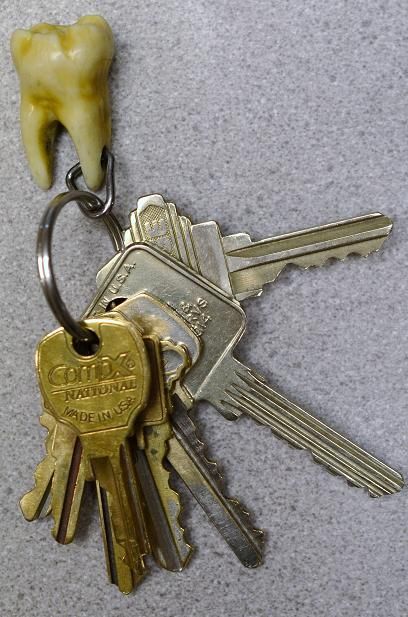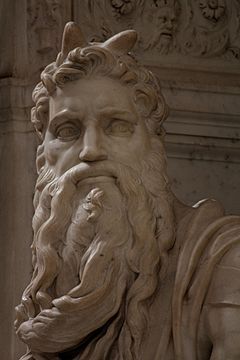Would the real Bif rivet please stand up?
Re: Would the real Bif rivet please stand up?
That one went right OVER my head Joe..... HOW Embarassing!!!! Maybe a moderator should remove my Post altogether to keep from confusing the issue further......Off to Bed to stick my head under a pillow 



 kwakers
kwakers
- Brad Pittiful
- Posts: 1265
- Joined: Sun Sep 15, 2013 5:03 pm
- Location: The Tardis
Re: Would the real Bif rivet please stand up?
my biff tannen post was as JP said...meant to be a joke...he is a character from the film back to the future...sorry for the misunderstanding
Please use a web hosting site (like photobucket) to store pictures so you can post them here, using attachments makes it hard to view the pictures when you have to scroll to see them. Seeing comparisons of models is hard to see with attachments too.
- matchbox_n_molars
- Posts: 451
- Joined: Sun Sep 15, 2013 6:16 pm
- Location: Scenic Cincinnati, Ohio
- Contact:
Re: Would the real Bif rivet please stand up?
Bert, I am suitably impressed with your detailed analysis of this riveting topic! Boy, this is a classic example of how an errant term can be carried forward for years by carriers who don't know any better. In the dental realm, the region of a molar tooth where the roots split away from one another is called the "bifurcation". You can see the root bifurcation on my key ring.

For years artistic renderings of Moses depicted him with horns on his head. Perhaps the best known example would be Michelangelo's sculpture of Moses created for the tomb of Pope Julius II. The tomb and the sculpture is situated today inside the St. Peter in Chains Cathedral in Rome. When Jerome created the Vulgate, the Latin translation of the bible in the late 4th century, he used the term "cornuta" to describe Moses as he came off the mountain after meeting with the Almighty at the summit. Jerome used the term in reference to Moses reported radiating or glowing appearance. But readers of the Vulgate took the term "cornuta" to mean "horned". And so for centuries believers thought Moses literally had horns!

I vote that we correct this errant use of the term "bif" rivet, just as the notion of a horny Moses was ultimately corrected. If you think about it JP, how many people study regular wheel models to the extent that they even know what a bif rivet is within the MATCHBOX Toys world of variation study? It can't be more than a couple hundred people. If references like Nick's began using the proper language for these rivets it wouldn't take long at all before people knew the true story.

For years artistic renderings of Moses depicted him with horns on his head. Perhaps the best known example would be Michelangelo's sculpture of Moses created for the tomb of Pope Julius II. The tomb and the sculpture is situated today inside the St. Peter in Chains Cathedral in Rome. When Jerome created the Vulgate, the Latin translation of the bible in the late 4th century, he used the term "cornuta" to describe Moses as he came off the mountain after meeting with the Almighty at the summit. Jerome used the term in reference to Moses reported radiating or glowing appearance. But readers of the Vulgate took the term "cornuta" to mean "horned". And so for centuries believers thought Moses literally had horns!

I vote that we correct this errant use of the term "bif" rivet, just as the notion of a horny Moses was ultimately corrected. If you think about it JP, how many people study regular wheel models to the extent that they even know what a bif rivet is within the MATCHBOX Toys world of variation study? It can't be more than a couple hundred people. If references like Nick's began using the proper language for these rivets it wouldn't take long at all before people knew the true story.
Greg in Cincinnati
Re: Would the real Bif rivet please stand up?
So we replace a four or sometimes three letter word, which a couple hundred people know as the rivet in question, with the new term "semi tubular rivet" and revise all the catalog entries in Nick's online catalog? Nothing we can do about other digital or printed catalogs which will continue on with a term in which Nick's catalog no longer has reference ... and that will be less confusing? Just saying, that's all. What does a novice think a "semi tubular rivet" means? Not quite a tube or not quite a rivet or something from a tractor trailer ("semi") rig?
Years ago, a monk in the catacombs of the Vatican was transcribing ancient scrolls. He suddenly jumped up from his stool and shouted out to all the rest of the scribes and the Cardinal who supervised their work: "The word is Celebrate not Celibate!" Despite his epiphany, no changes were made. However, I'm glad Moses got to shed his horns as those made him look a little to much like he might have been batting for the other team.
Years ago, a monk in the catacombs of the Vatican was transcribing ancient scrolls. He suddenly jumped up from his stool and shouted out to all the rest of the scribes and the Cardinal who supervised their work: "The word is Celebrate not Celibate!" Despite his epiphany, no changes were made. However, I'm glad Moses got to shed his horns as those made him look a little to much like he might have been batting for the other team.
It might be time to start my "Bucket List."
- nickjones
- Site Admin
- Posts: 2355
- Joined: Tue Nov 20, 2012 12:54 am
- Location: Clacton on Sea, Essex, UK
Re: Would the real Bif rivet please stand up?
I'm with Joe on this, We have been calling them Biff rivets, that may not be very accurate but we all know exactly what we are talking about.
I could, without much effort, change all of the 'Biff's on the site to 'Tubular' but then we are probably going to run into display problems with the tables where the extra letters don't fit so the line breaks to 2 lines. This would also make me reluctant to change Biff to Tubular.
I could, without much effort, change all of the 'Biff's on the site to 'Tubular' but then we are probably going to run into display problems with the tables where the extra letters don't fit so the line breaks to 2 lines. This would also make me reluctant to change Biff to Tubular.
Nick Jones.
In sunny Clacton-on-Sea, Essex, UK
In sunny Clacton-on-Sea, Essex, UK
- durangokid
- Posts: 352
- Joined: Fri Nov 01, 2013 12:13 am
- Location: SW Colorado, USA
Re: Would the real Bif rivet please stand up?
Perhaps an asterisk * on the biff rivet term to allow further clarification (brief excerpt summary based on yellowfoden's post) elsewhere in the digital listings for these items..........?nickjones wrote:I'm with Joe on this, We have been calling them Biff rivets, that may not be very accurate but we all know exactly what we are talking about.
I could, without much effort, change all of the 'Biff's on the site to 'Tubular' but then we are probably going to run into display problems with the tables where the extra letters don't fit so the line breaks to 2 lines. This would also make me reluctant to change Biff to Tubular.
This would preserve the historical usage of the term yet help people understand its "meaning" and associated comparison with other similar terms used elsewhere.
Bill
DurangoKid